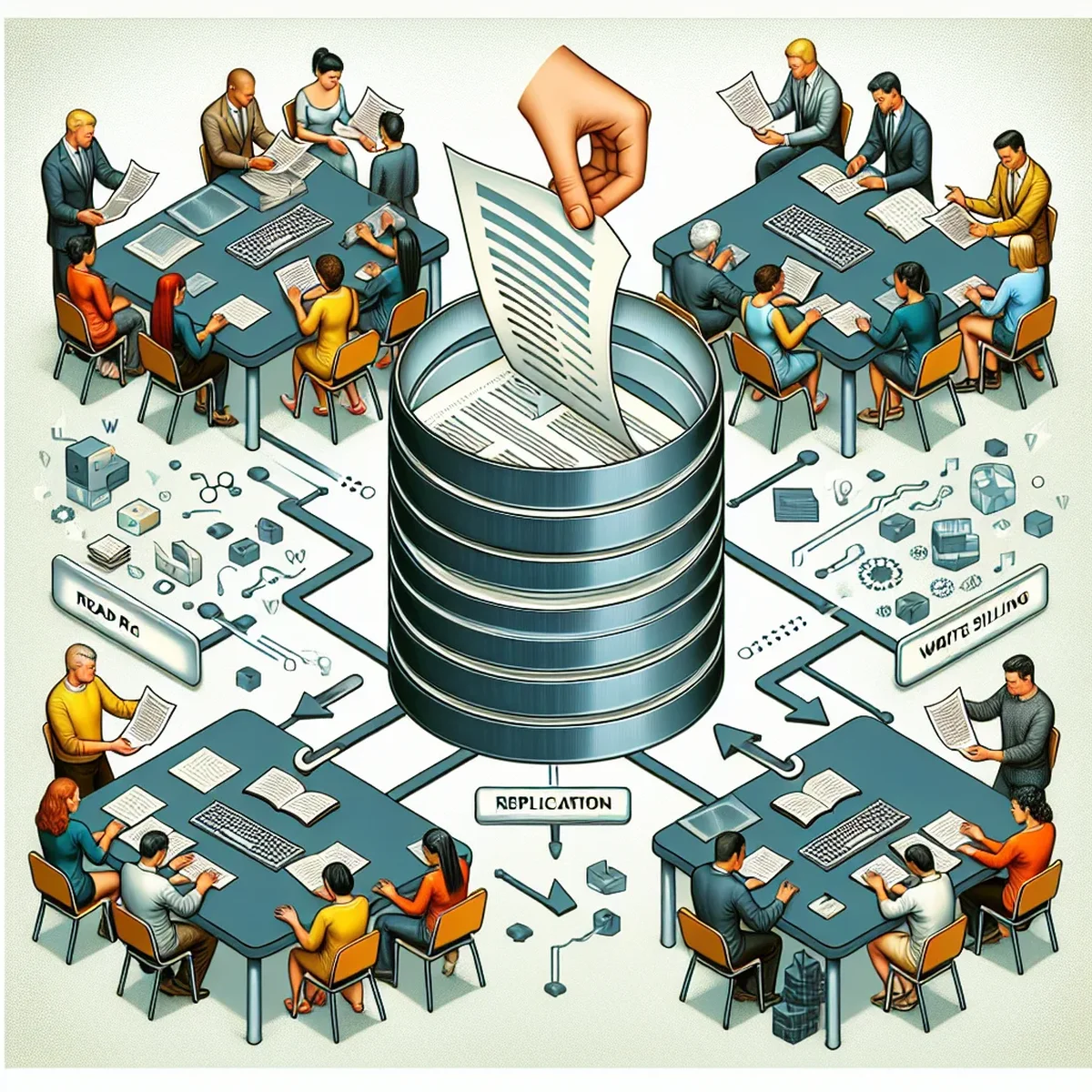Mastering Read-Write Splitting with Replication in WordPress

Implementing read-write splitting with replication in your WordPress setup can significantly enhance your website's performance and scalability. This technique is particularly beneficial for high-traffic sites requiring robust database management solutions. Here, we will explore what read-write splitting involves, its benefits for WordPress, and how you can implement it effectively.
Understanding Read-Write Splitting
Read-write splitting is a database architecture technique where write operations (INSERT, UPDATE, DELETE) are handled by a primary database, while read operations (SELECT) are processed by one or more secondary databases. This setup is designed to distribute the load, thereby increasing the efficiency of database operations.
Benefits for WordPress Sites
For WordPress sites, read-write splitting can offer several advantages:
- Improved Performance: By distributing the load, your website can handle more read queries faster, which is crucial for content-heavy sites.
- Increased Scalability: As your site grows, read-write splitting allows you to add more secondary databases to handle increased read traffic.
- Enhanced Reliability: With multiple databases, the risk of a single point of failure decreases. If one database fails, others can take over.
Implementing Read-Write Splitting in WordPress
To implement read-write splitting in your WordPress site, follow these strategic steps:
1. Choose the Right Tools
Several plugins and third-party services support database replication and read-write splitting. HyperDB and LudicrousDB are popular choices that allow for advanced database management in WordPress environments.
2. Configure Your Databases
- Set Up Replication: Configure your primary database to replicate data to your secondary databases. Ensure that replication is real-time to avoid data inconsistency.
- Modify wp-config.php: Integrate your chosen tool by modifying the
wp-config.phpfile to define different database roles.
3. Monitor and Optimize
Regular monitoring and optimization are crucial:
- Monitor Performance: Use tools to monitor database performance and ensure efficient load distribution.
- Optimize Queries: Optimize SQL queries to enhance efficiency and reduce load on the primary database.
4. Test Thoroughly
Before going live, thoroughly test your setup in a staging environment to ensure everything works seamlessly and without data loss or latency issues.
Best Practices for Scalability
Adopting best practices is crucial for maintaining an efficient read-write splitting setup:
- Regularly Update and Backup: Keep your WordPress and database systems updated and regularly backed up.
- Use Persistent Connections: Implement persistent connections to reduce connection overhead and enhance performance.
- Balance the Load: Continuously assess and balance the load between your databases as your site scales.
Conclusion
Read-write splitting with replication is a powerful strategy for enhancing the performance and scalability of WordPress sites, especially those experiencing high traffic volumes. By understanding and implementing this technique correctly, you can significantly improve your site’s efficiency and user experience. Remember, the key to success lies in careful planning, implementation, and ongoing management of your database environment.
FAQ
- What is read-write splitting in database management?
- Read-write splitting involves directing write operations to a primary database and read operations to one or more secondary databases to enhance performance and scalability.
- How can read-write splitting benefit a WordPress site?
- It enhances site performance by balancing the load between multiple databases, thus ensuring faster response times and supporting higher traffic volumes without degradation.
- What should I consider before implementing read-write splitting on my site?
- Assess your site's traffic and data load, understand the complexity of your database interactions, and ensure you have the resources for managing multiple databases.